
Kansai
The region consists of the prefectures of Wakayama, Nara, Kyoto, Osaka and Hyogo.
-
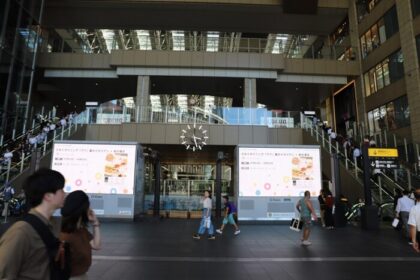
Osaka Station | Kansai Activities Start Here
Many tourists will pass through Osaka Station when they travel through Japan. It would be a shame just to pass through, as there are many things to do and see inside the large station.
-
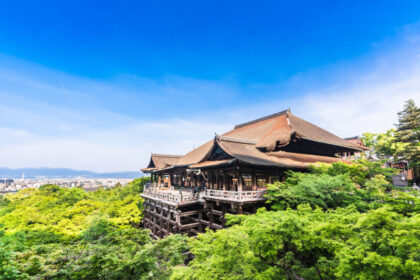
Kiyomizu Dera Temple, Kyoto | Beautiful natural scenery and various power spots
The Kiyomizu Dera temple in Kyoto is one of Japan’s most famous Buddhist temples and with good reason, as it is one of the most beautiful constructions in the old capital city.
-
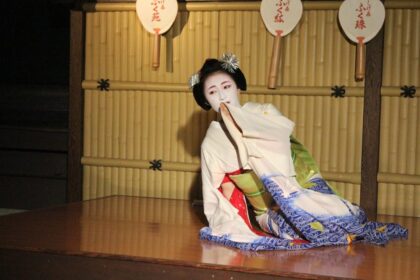
Gion Corner, Kyoto | A great chance to experience Kyoto’s traditional performing arts
If you don’t have the budget to see Kyoto’s geisha in action in an actual tea house, Gion Corner in Kyoto is an alternative that gives you a great overview of traditional Japanese performing arts.
-
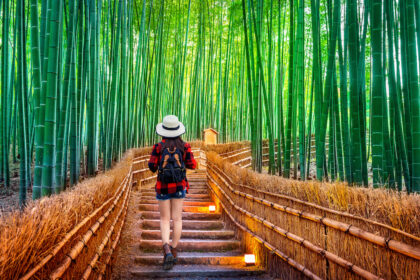
Arashiyama, Kyoto | Mysterious and beautiful bamboo forest
Arashiyama in Kyoto is famous for its mystical bamboo grove, but the area is actually a lot larger than just the bamboo forest. It is a very pleasant environment to have a walk past traditional shops, temples, and nature.
-
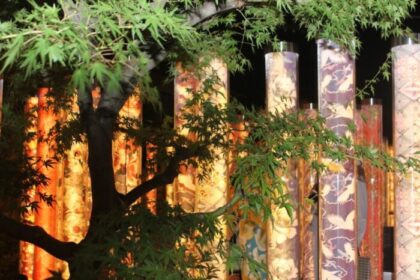
Kimono Forest, Kyoto | Beautiful Traditional Japanese Costumes
Find out more about Kimono Forest, a must-see promenade for people heading to the bamboo forest, located in the Arashiyama area of Kyoto.
-

Sumiyoshi Taisha | Beautiful architecture and the strongest power spot in Osaka
Shinto shrine “Sumiyoshi Taisha” was founded in 211, making it one of the oldest shrines in all of Japan. It is worth visiting for its picturesque bridge and interesting architecture.
-
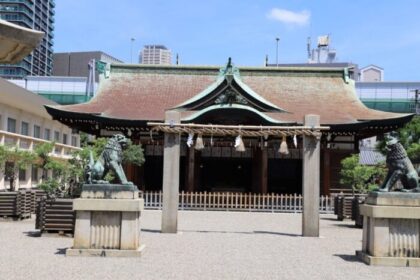
Imamiya Ebisu Shrine | Very popular in Osaka for its good fortune for prosperous business
This tranquil shrine is located near tourist hot spots but is not often visited by tourists. That makes the Imamiya Ebisu shrine a nice place to get away from the crowds for a bit!
-
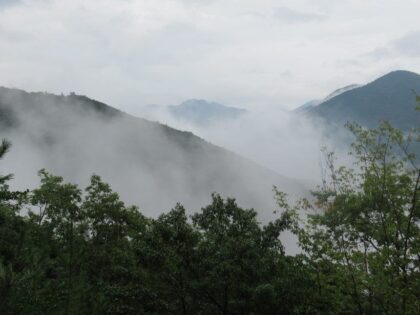
Kumano Kodo | Walkable and beautiful world heritage
The Kumano Kodo is an impressive pilgrimage route in the Kii Mountains with a total length of around 1000km. The routes radiate centering around the Kumano Three Shrines; Hongu, Hayatama, and Nachi.
-
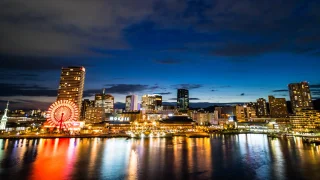
Kobe: Where International Elegance Meets Natural Majesty
Experience Kobe, Japan’s sophisticated port city blending international heritage with natural beauty. Discover world-famous Kobe beef, spectacular night views from Mount Rokko, historic Kitano district, and coastal charm in this complete travel guide.
-
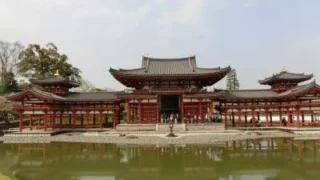
Byodoin Temple with its shining golden phoenix
The Byodoin temple is the most famous landmark in a part of Kyoto that is especially known for its green tea production, Uji. The image of the temple is very well-known throughout Japan.
-

Kodaiji Temple, Kyoto | Beautiful landscape gardens and decorations
Kodaiji Temple is located in Higashiyama. It was founded in 1605 by Kita-no-Mandokoro as a memorial to her husband, Toyotomi Hideyoshi, who was one of the most important men of his time.
-
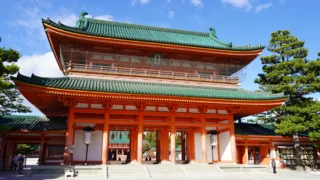
Heian Jingu, Kyoto | Travel back in time to the Heian Period
The Heian Jingu shrine was instituted in 1895 to commemorate the 1,100-year anniversary of the return of the capital to Heian, which is today’s Kyoto. Its architecture is impressive.
-

Sanjusangendo, Kyoto | Thousand golden-colored statues of the Avalokitesvara Bodhisattva
The Sanjusangendo temple in Kyoto was established by the powerful warrior-politician Taira-no-Kiyomori in 1164, and it is especially famous for its 1001 statues.
-

Gion | Travel back in time to the Edo period
Gion is the place where the famous geisha, the cultural symbol of Japan, are still doing their work every night. Geisha literally means ‘artist’, although in Kyoto they are called ‘geiko’ which means ‘woman of art’.
-
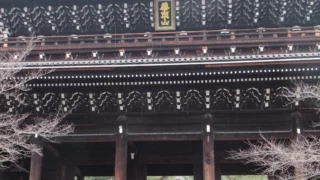
Chionin Temple, Kyoto | The largest wooden gate in Japan
The Chion-in temple in Kyoto is a Buddhist temple and is the home of Jo-do Buddhism. It was founded in the 12th century, and besides its historical significance, there are a few other reasons why this is an interesting temple to visit!
-
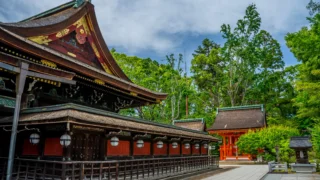
Kitano Tenmangu Shrine, Kyoto | Experience the beautiful seasonal precincts and the god of learning
The shrine of Kitano Tenmangu was built in the 10th century by the emperor of the time in honor of a scholar and politician. Now, it is especially known for its popular flea market.
-
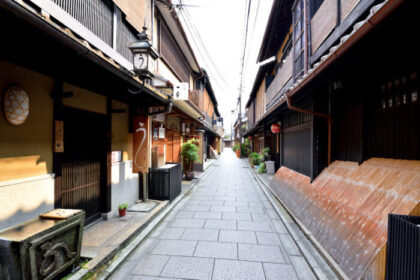
Machiya, Kyoto | Beautiful old-fashioned architecture with natural materials
A ‘machiya’ is a traditional wooden house that is especially typical of Kyoto city. It was the artisans and merchants of the cities who lived in machiya.
-
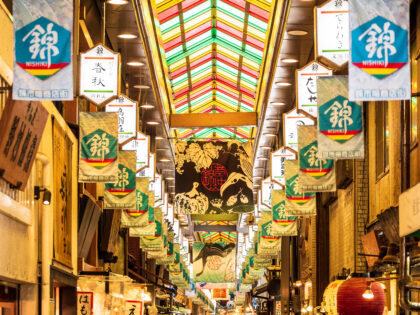
Beautiful Nishiki Market supports Kyoto’s food culture
The best way to learn about everyday Japanese life and what people like to cook at home is to visit one of its many food markets. Nishiki Market is in the center of Kyoto, and a popular market to visit for tourists.
-
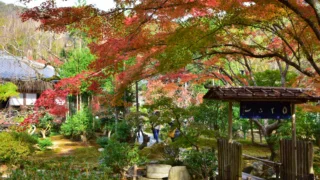
Ryoanji Temple,Kyoto | Beautiful stone garden and a temple where a dragon sleeps
Ryoan-ji is a Zen temple located in Kyoto which was built by a minister of the Ashikaga Shogunate in 1450. The temple is especially famous for its stone landscape garden.
-
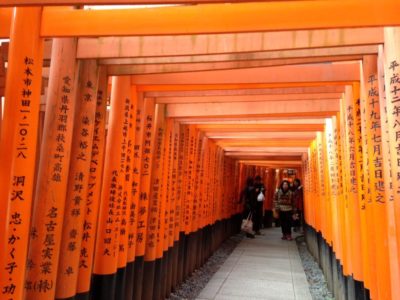
Fushimi Inari Taisha, Kyoto | The most beautiful thousand torii gates in the world
Known worldwide for its more than 10,000 torii gates in a row, the Fushimi Inari Taisha shrine attracts around 3 million visitors the first three days of the year alone and is one of the most famous attractions of Kyoto.